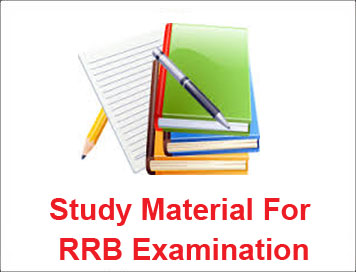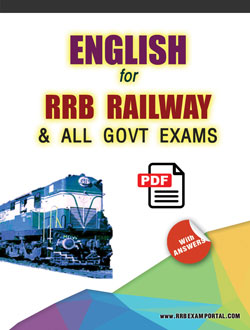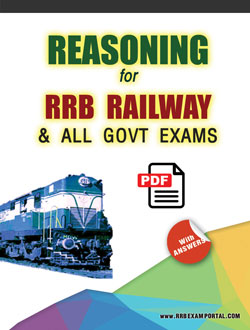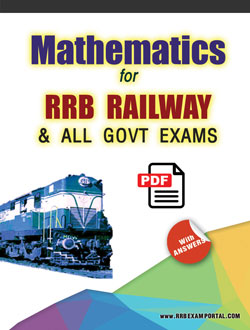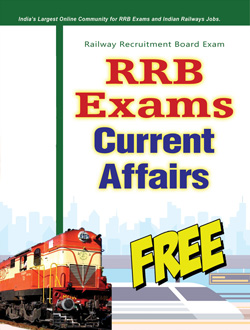Study Material For RRB Exam - General Knowledge : Economy: Indian Tax Structure
Study Material For RRB Exam - General Knowledge
Section : Economy
Indian Tax Structure
Distribution
- Some taxes are levied, collected and retained by the Centre. These include customs duty, corporation tax, taxes on capital (other than agricultural land) etc.
- Some taxes are levied and collected by the Centre but shared with the States. These include taxes on income other than agricultural income and union excise duties on goods included in Union List, excepting medicinal and toilet preparations.
- Some taxes are levied and collected by the Centre but the proceeds are to be distributed among States. These include succession and estate duties in respect of property other than agricultural land, terminal tax on goods and passengers, tax on railway fares and freights, taxes on transaction in stock exchanges and future markets and taxes on sale or purchase of newspapers and ads.
- Some taxes are levied by the Centre but collected and appropriated by the States. These include stamp duties other than included in Union List and excise duties on medicinal and toilet preparations.
- Taxes belonging to State exclusively are land revenue, stamp duty, etc.
Structure of Taxes
1. Direct Taxes
- Include taxes on income and property, the important ones being personal income tax, corporate tax, estate duty and wealth tax.
- Income tax is progressive in India, i.e., the rate of tax is not uniform but rises progres-sively with the rise in money income.
- During the last two decades, there has been a continuous reduction in the tax rate because high rates of income tax had merely encouraged tax evasion and growth in black money.
2. Indirect Taxes
- Include Sales Tax, Excise Duties, Customs Duties, etc.
- The Government of India earns maximum from Union Excise Duty.
Currency
- Rupee was first minted in India during the reign of Sher Shah Suri around 1542.
- India became a member of International Monetary Fund (IMF) in 1947, & exchange value of rupee came to be fixed by IMF standards.
- All coins and one rupee notes are issued by Govt. of India. That’s why one rupee note doesn’t bear the signature of Governor of RBI. It bears the signature of Finance Secretary, Government of India.
Demonetization of Currency
- It refers to the withdrawal of currency from circulation which is done to ambush black market.
Mints and Presses
- Indian Security Press, Nasik, prints postal and judicial stamps, cheques and bonds.
- Currency Note Press, Nasik, prints notes of Rs. 10 and under denomination.
